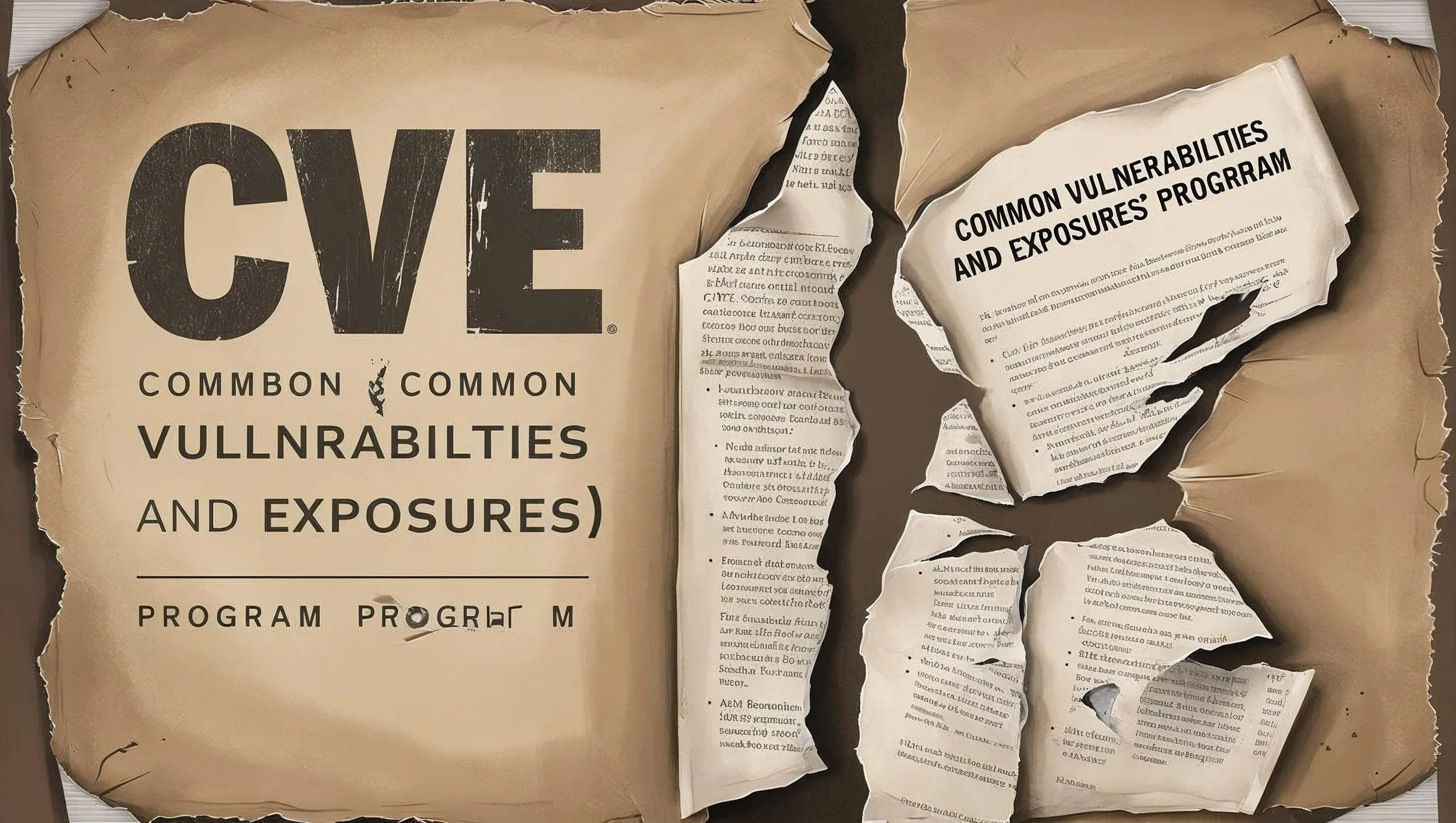On Trump, Cybersecurity, and Your Business: Be Afraid... Be Very Afraid
Imagine this… you’ve got a huge guidebook that solves every single tech problem your business could run into. Hackers? Handled. Security gaps? Fixed.
It’s your ultimate safety net—and it sounds incredible, right?
Now, picture this book suddenly disappearing. Vanished. Gone. Without it, you’re stuck. You’re walking in the dark, wasting precious time, losing money, and hoping you don’t get hacked.
The truth is, this “guidebook” actually exists in the cybersecurity world. It’s called the CVE Programme (Common Vulnerabilities and Exposures). Think of it as the Google of cyber issues, helping experts quickly find, name, and solve security gaps.
But here’s the scary twist… the programme came this close to shutting down earlier this year.
Right now, the U.S. Department of Homeland Security (DHS) pulled its funding, and if the Cybersecurity and Infrastructure Security Agency (CISA) hadn’t stepped in with a Hail Mary move, the whole thing would’ve collapsed. The kicker? That funding is temporary. Nobody knows what’ll happen after the next 11 months.
What’s the Big Deal About the CVE Programme?
The CVE Programme is the ultimate cheat sheet for cybersecurity pros. Without it, things get crazy. Here’s why its potential shutdown should have you on high alert...
Finding Problems Slows Down. Without CVE, new threats will take way longer to spot, giving hackers a massive head start.
Fixing Gets Messy. If people don’t have a standard to follow, the same problem could go by 10 different names. Confusion = delays.
Hackers Have a Field Day. Security holes won’t get patched as quickly. That’s an open invitation for cybercriminals.
Weaker Security Tools. A lot of the tools businesses rely on get their fuel from CVE data. Without fresh updates, those tools lose their edge.
Compliance Becomes a Nightmare. If regulations demand you address known risks, but you can’t find those risks? Good luck meeting the rules.
What Can You Do NOW to Protect Your Business?
The future of the CVE Programme may be shaky, but you don’t have to sit helplessly. Here’s your game plan for keeping your business safe no matter what happens:
Use Many Sources. Don’t rely on just one service to detect vulnerabilities. Back yourself up with multiple tools so you won’t be left stranded if one fails.
Stay Updated. Keep tabs on news about cybersecurity (and the CVE programme!). Awareness is your first line of defence.
Bring in Experts. Work with cybersecurity pros to create reliable systems for spotting and patching vulnerabilities. It’s your best insurance policy against surprises.
Time to Hit the Panic Button? Maybe Not… But Act Fast!
The CVE Programme might not grab headlines (yet), but it’s the unsung hero keeping you and your business safe. If it disappears, the path to protecting your systems and data gets really harder. And honestly, we really don’t need any more of that stuff, right?
Here’s the good news. If you start preparing now, even the worst-case scenario won’t knock you out. Be proactive. Secure your systems. Don’t wait for hackers to make the first move.
Remember, in cybersecurity, it’s the businesses that stay ready that survive. The clock is ticking…what are you waiting for? Go protect what you’ve built before it’s too late.
ABOUT THE AUTHOR: JARROD RAMSAY
Jarrod’s entrepreneurial journey began at 19, reselling telco services for brands like Telstra, Vodafone and Vocus. Realising he wanted more, he sold his business and dove into Managed IT Services, launched a telco division and built a public cloud platform.
These bold moves weren't just about competition; they're about creating better solutions for his clients.
Today, Jarrod thrives on collaborating with business owners, sharing ideas, and tackling challenges with creative strategies. Whether you're an entrepreneur, a business owner, or an employee responsible for the ICT services at your business, feel free to reach out—he'd love to connect.

